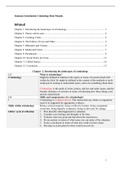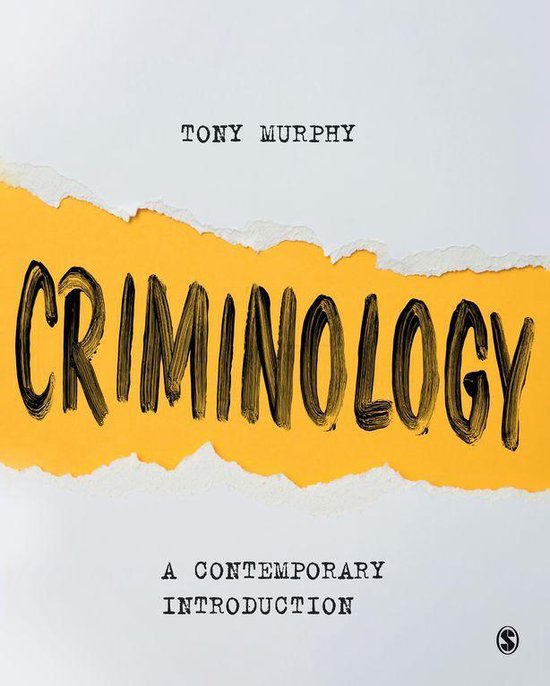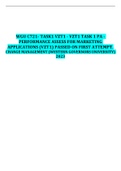Samenvatting
Summary Murphy Book: Introduction into Criminology for Social Science Students
- Instelling
- Universiteit Utrecht (UU)
- Boek
- Criminology
This is a summary of the book you have to read for the first course of the minor Introduction into Criminology for Social Science Students. The figures in the book are also included.
[Meer zien]







